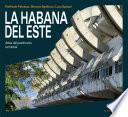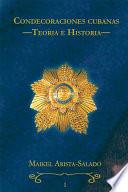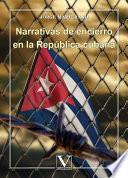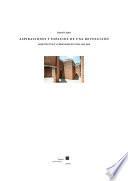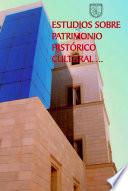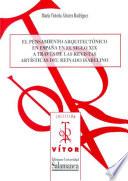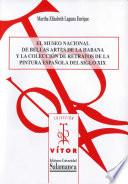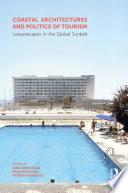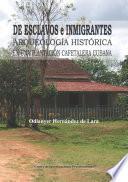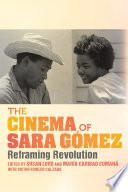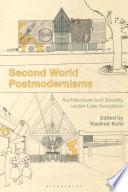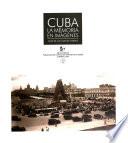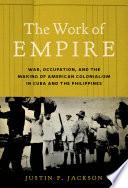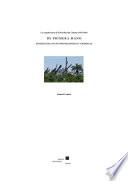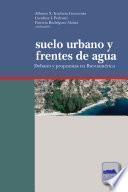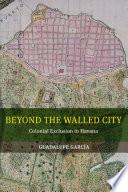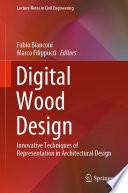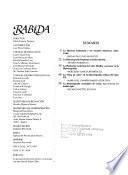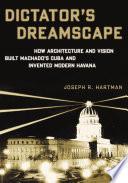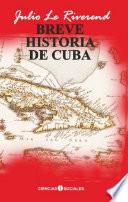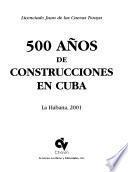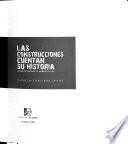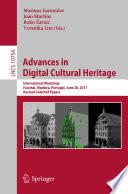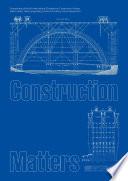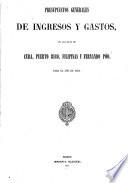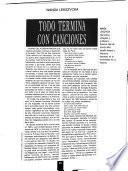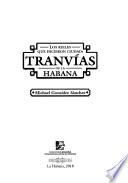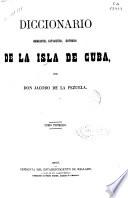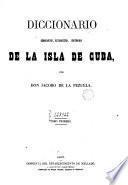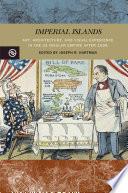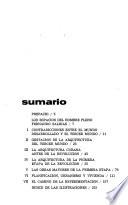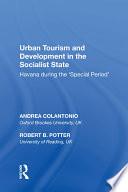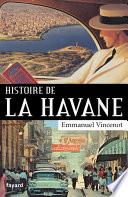
Histoire de La Havane
Autor: Emmanuel Vincenot
Número de Páginas: 506Fondée au début du xvie siècle, La Havane s’est très vite imposée comme une cité stratégique, vivant du passage des flottes, du travail des esclaves et du commerce du sucre et du tabac. Sa désignation comme capitale de Cuba en 1607, l’envol de la production de sucre après la révolution haïtienne de 1791, la fin de la présence coloniale espagnole en 1898 et les occupations militaires du début du xxe siècle comptent parmi les événements clés qui marquent son devenir.Avec l’entrée en scène de Fidel Castro et du Che, en 1959, commence à se construire le mythe de la ville révolutionnaire, bouillonnante, généreuse et effrontée. Quelques décennies plus tard, la fièvre retombée, La Havane devient un musée à ciel ouvert des espoirs déçus, que les touristes visitent à bord de pittoresques voitures hors d’âge. La normalisation des relations diplomatiques amorcée en 2015 va-t-elle inaugurer une nouvelle ère ?Emmanuel Vincenot nous propose une histoire formidablement vivante de cette ville au destin tumultueux, lié à celui de l’Europe, de l’Afrique et de l’Amérique. Parce que La Havane n’a jamais cessé d’inspirer les voyageurs et les...
